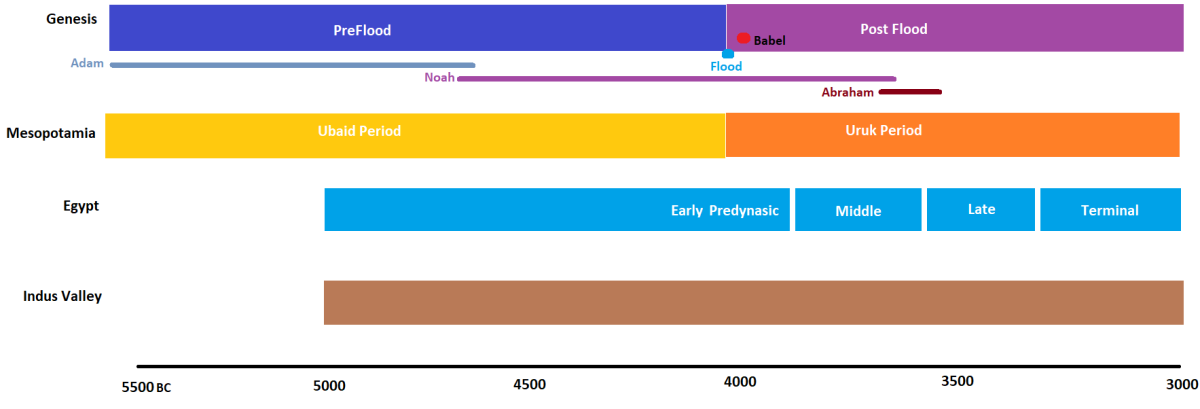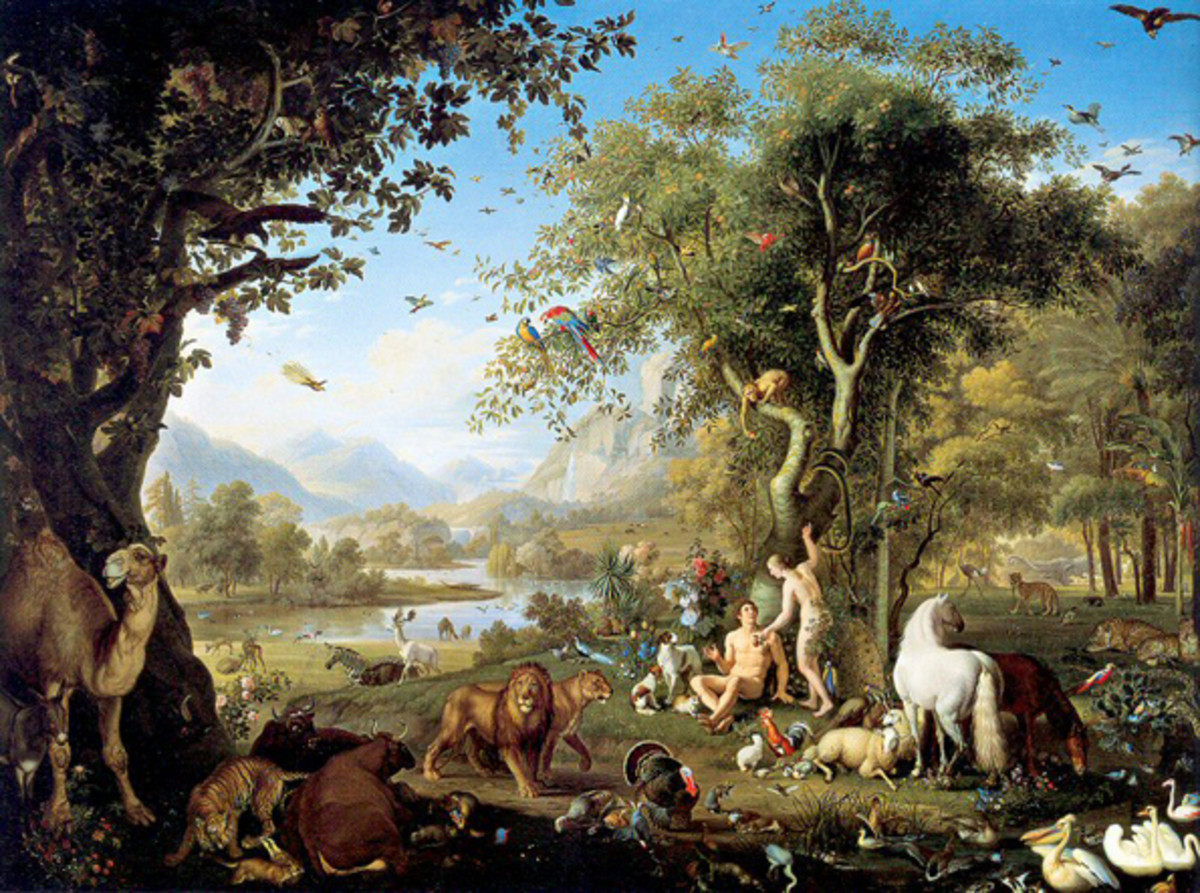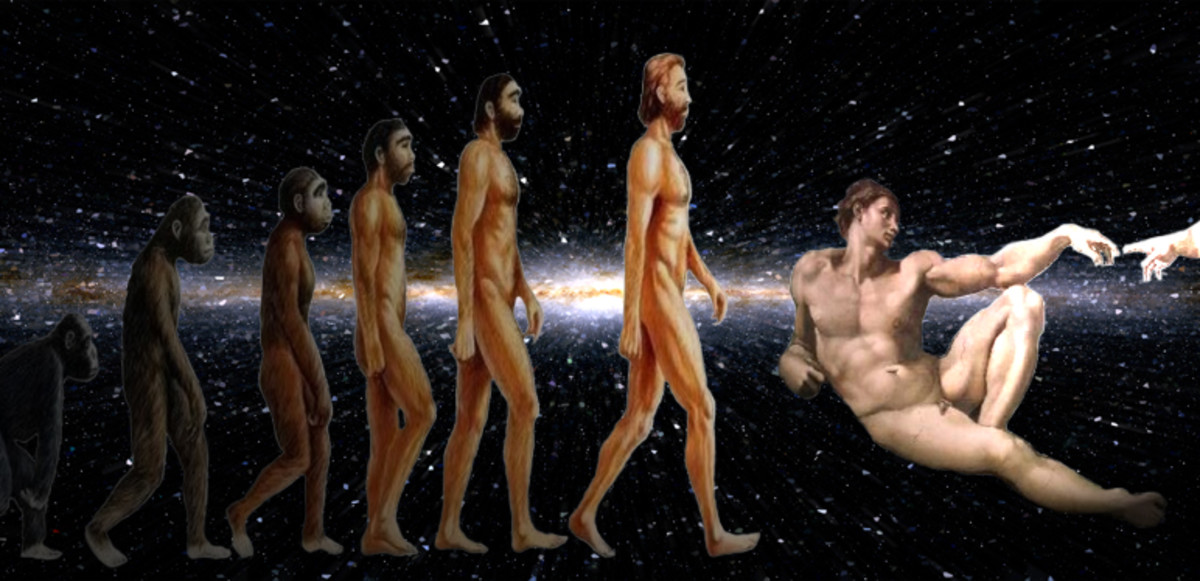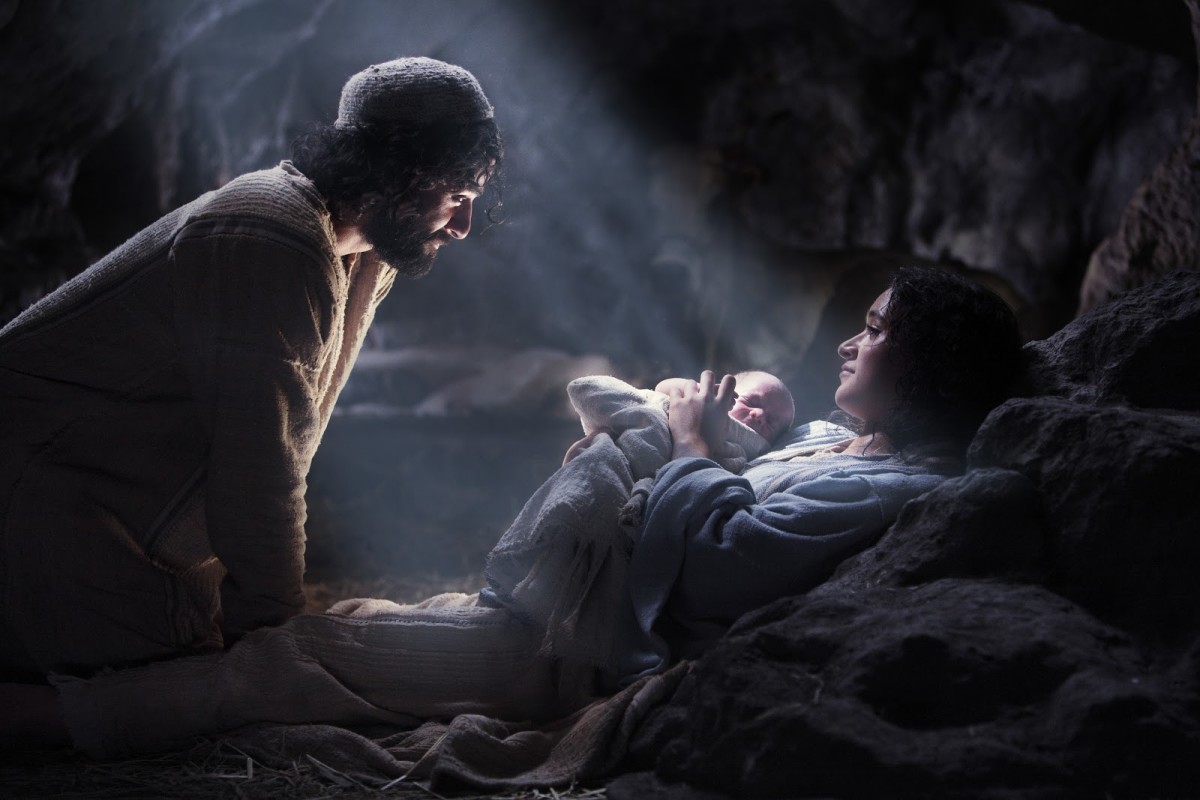The Jesus Story: Psychoanalytic Interpretative, Eroticism and the Sacred Dimension
Virgin Mary and Baby Jesus
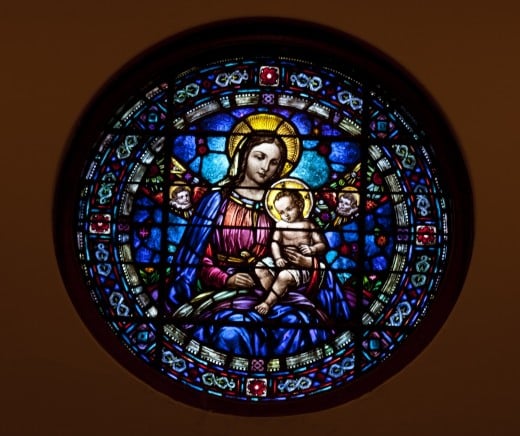
Oedipal Imagery in The Jesus Story
On close perusal of the psychoanalytic, folkloristic technique, as implemented by Rank and Dundes, it is noteworthy to see their similar usage of vivid sexual and symbolic imagery. Both Rank and Dundes ultimately arrive at an Oedipal interpretation of The Jesus Story. The Oedipal fixation is elaborated further by Ranks as follows:
"Erotic factors are especially apt to be involved, and as a rule the deepest, generally
unconscious root of the dislike of the son for the father ... is related to be competition for
the tender devotion and love of the mother." (1990, 66)
Similarly, Dundes elucidates the symbolism of the Oedipal significance in the Jesus story as follows:
"Husband-hating and resenting females tended to smother their sons, making it difficult for
the boys to break away from the world of women to join the sexually segregated domain of
men." (212)
Dundes feels that the Oedipal situation, that surfaces in response to the Mediterranean family dynamic is reflected symbolically in the Jesus story. Thus, both psychoanalytic readings as delineated by Rank and Dundes similarly reflect the existence of the Oedipal situation. The Oedipal situation though existent as a primary force in the passage, is present in a subtle and rather obscure fashion, supported by symbolic and vivid sexual imagery.
Rank parallels his Oedipal reading with the Jesus story through his extremely astute observations of sexual and symbolic imagery as follows. Firstly, Rank suggests the psychological principal projection:
"In as much as the son who would like to get rid of his father is transformed into a father
who tries to get rid of his son." (194)
A specific example of Rank's Oedipal reading that parallels the Jesus story, is that the "son's Oedipal wish to repudiate his father finds its ultimate expression in the virgin birth" (194). Thus, the son can have his mother all to himself. A persuasive interpretation is that a son who is born of a virgin "can deny that his father ever had sexual access to his mother" (195). Rank parallels his Oedipal reading with the Jesus story as follows. Rank explains the psychological principle of projection in terms of the son's desires to rid himself of the father, that are transformed into a father who wants to get rid of his son. In terms of the Jesus story, the parallel can be brought to light in the following manner. The son (Jesus) desires to rid himself of the father (Joseph), in order to be closer to his mother (Mary). Through projection the son (Jesus) is freed of any guilt by an interesting process of transformation. The father becomes "God", who desires to get rid of the son (Jesus crucified on the cross).
Phallic Symbolism in The Jesus Story
Dundes creates a similar analysis to that of Rank, of symbolic and vivid imagery in support of his conclusively Oedipal insight into the passage The Jesus Story. For example, Dundes advocates that it is conceivable to perceive of the cross as a phallic symbol. Dundes supports his insight:
"Jesus, having denied the father (by being born of a virgin) yields to the father by being
nailed to a symbolic phallus" (207).
Dundes surmises that if the number three is a phallic symbol, then Christ as one of the three crucified might be significant:
"As the figure in the middle, he (Christ) would be the phallus - with the two thieves
being the testicles" (207)
Dundes carries this insight even further with the suggestion that the name 'Jesus' might stem from "the Sumerian word which means semen" (207). Dundes elucidates the phallic component of the Bible by reminding the reader that if one swears by all that is holy, one might be swearing by the phallus. Dundes supports this statement by using a quote from Genesis:
"And the servant put his hand under the thigh of Abraham his master, and sware to him
concerning that matter" (206)
Dundes explains that we may get our 'idiom' of giving testimony (206), and ultimately the names of the 'Old and New Testament' (206) from this custom.
Jesus On The Cross
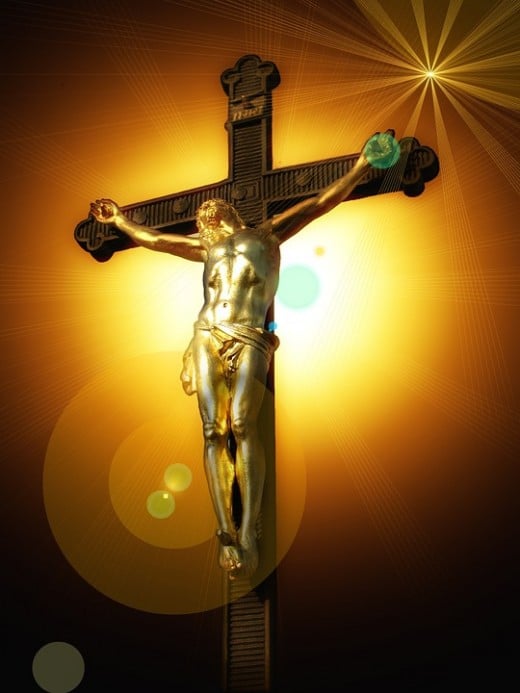
Oedipus Complex
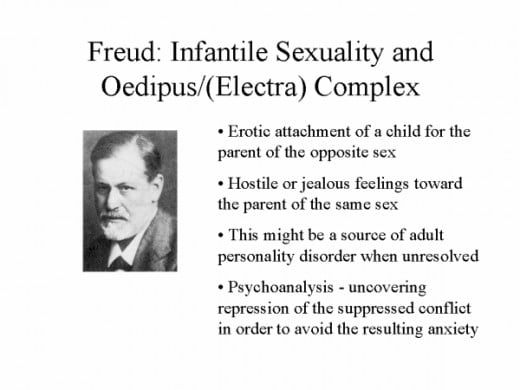
Contrast: Cause of Oedipal Characteristics
Rank and Dundes contrast one another with their distinctively differing interpretation as to the primary cause, or source, underneath the pre-eminent Oedipal characteristics. Rank relies on a Freudian explanation of the Oedipal syndrome. He suggests that there is a Universalist, biological reason for the Oedipal syndrome and consequently this syndrome applies to everyone. Rank's focus in terms of the Oedipus complex is in relation to the struggle of a son with his father. With this type of Oedipal focus, the mother is displaced.
Dundes contrasts Ranks in his explanation of the inherent cause of the Oedipal syndrome. Dundes feels that the Oedipal syndrome is a response to the Mediterranean world and the special conditions that cause such Oedipal tendencies. In contrast to Rank's, Dundes focuses more on the mother's role, as mother-child issues are central to his explanation. The father is largely displaced and the focus is primarily on the incestuous relationshop between mother and son. Dundes sees the Jesus story as a specific Mediterranean product and locates it in the Mediterrranean family cultural background, rather than Universal in origin.
The Jesus Story: Critique of Interpretations
My critique of both interpretations is positive in the sense that both patterns can be seen to support a scholarly reading of the Jesus story, without threatening the sacred dimension, and I will support my assertion with the following analogy. A story can be understood on many levels and still be relevant and true on each level, without threatening the validity or truth of any other level. For example, a legend that can be understood on may levels by many people of different ages. Similarly, I assert that the sacred can be understood in terms of many levels. The erotic dimension may be one level of understanding the sacred dimension of the Jesus story. I would suggest that the erotic may be one perspective (or level) in understanding the passage, and not necessarily contradictory to the sacred dimension. These interpretations need not threaten the sacred in the Jesus story. The erotic can be interpreted as sacred, as union into a consciousness of Oneness, rather than an interpretation of eroticism as threatening to all that is sacred. How we define the erotic is of paramount importance here. Nevertheless, the inferences of a psychoanalytic perspective certainly seem to contradict sacred interpretations.
Do you think the Jesus story can be interpreted as both erotic and sacred?
Male Interpretation of The Jesus Story
Finally, My critique of both interpretations (of Rank and Dundes) is negative in the sense that both patterns were interpreted by male authors only. I feel that relying on a male interpretation alone results in a limited understanding with repsect to the female psyche. Futhermore, the passage being interpreted, that of the Jesus story, was also written by entirely male authors. Thus, the Jesus story may be understood as an expression of the male psychoanalytic perspective, interpreted by male authors, and resulting in a projection of the male psyche. In Rank and Dundes analysis of the Jesus story, I question whether the female psyche has been studied in an adequate manner or just understood merely in terms of a male gender bias.
Jesus and Mary Magdalene
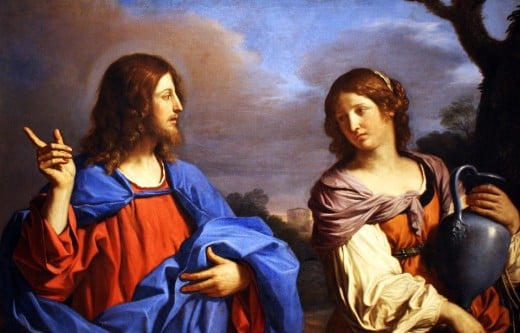
Conclusion: Analysis of The Jesus Story
In summation, Rank and Dundes similarly use sexual imagery to psychoanalytically analyze the Jesus story - revealing the inherent Oedipal structure. In contrast, Rank and Dundes have distinctively differing explanations as to the cause of the Oedipal structure. Rank's Universalist, biological perspective contrasts that of the Mediterranean family dynamics of Dundes. Finally, the eroticism that may be smbolically present in the Jesus story need not contradict the sacred dimension - which leads me to consider the further possibility that perhaps the sacred does indeed have an erotic dimension - since man was created in the image of God, and the erotic appears to be immanent to human nature. And, that the limits of my interpretation may result from my own pre-suppositions that the Divine is erotic in nature. And thus, that eroticism is reflected in the human psyche and as a result is similarly reflected in the Jesus story.
The possible dialectic between the sacred erotic and the human psychoanalytic erotic might result in an interplay that could deepen and transform our understanding of the human and the Divine - a dimension, which due to the limits of this article, would be a potential topic of interest for a future article. In retrospect, I feel that the limits of both patterns (Ranks and Dundes) surface mainly in response to existing pre-suppositions of the authors. Analogous are my own personal pre-suppositions that surface as I interpret the possibility of the erotic inherent to the human and the Divine - pre-suppositions, that once transcended, may allow the sacred and the human to be understood more completely, and in a new light.
Works Cited
Rank, Raglan, Dundes, Segal In Quest of The Hero, 1990
Princeton University Press,
Princeton, New Jersey,
U.S.A.
The Sacred Jesus Story and Eroticism
Do you think Eroticism is a valid perspective in understanding the Jesus Story?
© 2014 Deborah Morrison


